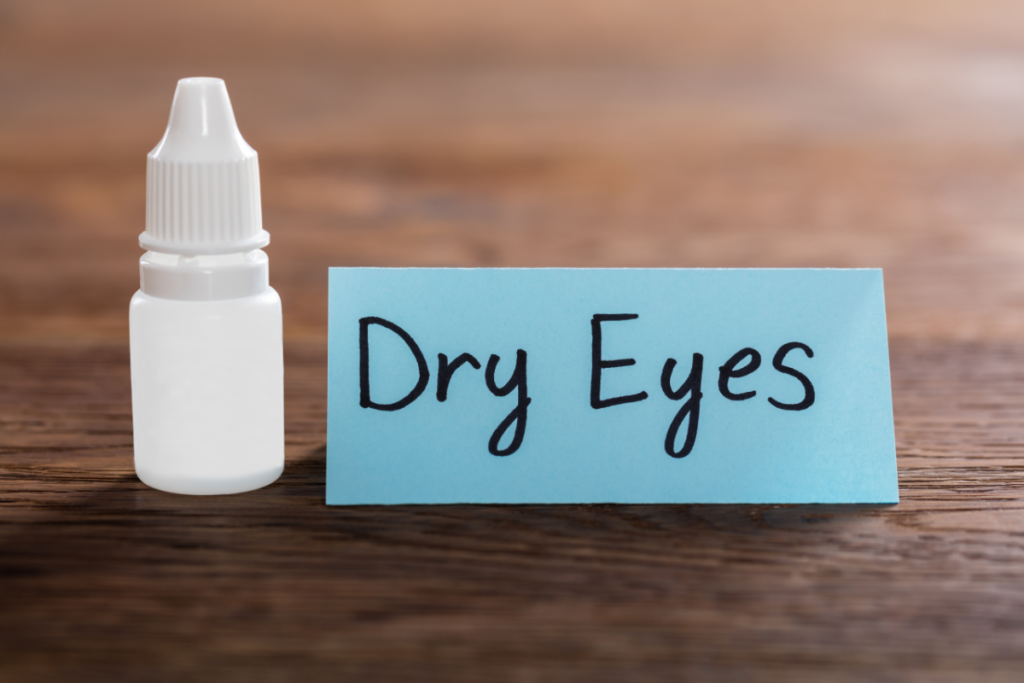Did you know dry eye disproportionately affects Albertans due to the cold, dry winters? The cold temperatures and lack of moisture in the air can make your eyes feel dry, itchy, and sensitive to light. Consequently, it’s important to give your eyes extra care and attention during this time of the year.
Symptoms of Dry Eyes
In winter, harsh winds, low humidity, cold temperatures, and indoor heating systems can dry out your eyes. Here are some common symptoms you may experience:
- Stinging, burning, or scratchy sensation
- Blurred vision
- Eye fatigue
- Sensitivity to light
- Eye redness
A survey commissioned by the Alberta Association of Optometrists (AAO) revealed that 3 in 5 Albertans who have experienced dry eye symptoms don’t use anything to treat them. If left untreated, dry eye can cause tissue damage and scar the sensitive corneal tissues of your eye, leading to impaired vision.
If you’re experiencing persistent dry eye, make an appointment with your optometrist. They’ll perform a series of tests to determine the severity and cause of your dry eye so it can be treated effectively.
How to Prevent and Treat Dry Eyes in the Winter
The cold winter weather can trigger or worsen dry eyes. Here are 10 tips for avoiding dry eyes this season.
- Apply artificial tears Artificial tears and eye drops can be used to treat dry eyes. However, if you need to apply drops more than six times a day or are allergic to preservatives, choose preservative-free drops to avoid further irritation.
- Use a humidifier Your furnace keeps you warm in frigid temperatures but can also dry out the air around you. Bring some moisture back into your home with a humidifier. Health Canada recommends keeping your home’s relative humidity between 30 and 55 percent in winter.
- Wear sunglasses Wearing wraparound sunglasses or a pair with large frames can help shield your eyes from dry winter winds. Sunglasses can also help reduce the glare from the sun reflecting off snow and ice, which can exacerbate dry eye symptoms. Wearing eye protection when skiing, snowboarding, or participating in other outdoor activities can also protect your eyes from flying debris.
- Avoid blowing air When you need to crank up your car heater on a cold winter morning, ensure the air vents are aimed away from your face. The hot, dry air from heating vents may irritate your eyes, particularly if you wear contact lenses.
- Keep things clean Dust and vacuum your home weekly to alleviate dry eyes and allergy symptoms. You can also use an air filter or purifier to help eliminate dust particles and other irritants that can aggravate dry eye.
- Have a spa moment Place a warm, wet washcloth on your eyelids for five minutes once or twice a day to soothe your eyes. This routine can also help unclog your tear ducts and meibomian glands, reducing the symptoms of dry eyes. It is even more effective and convenient to use a heat mask for this purpose. All Optometrists’ Clinic locations carry various heat masks for purchase.
- Take screen breaks People tend to blink less when they’re staring at a phone or computer screen. Take regular breaks to avoid digital eye strain and rehydrate your eyes. Follow the 20-20-20 rule: every 20 minutes, look up from your screen and focus on an object approximately 20 feet away for at least 20 seconds.
- Stay hydrated The risk of dehydration in the winter is surprisingly high. Remember to drink plenty of water, and don’t hesitate to have a hot bowl of soup. Staying hydrated keeps your lacrimal and oil glands healthy, so they produce enough tears that don’t evaporate too quickly.
- Don’t rub your eyes Rubbing your eyes may offer momentary relief from dry eye, but it also increases irritation and can lead to infection if your hands are dirty. Moreover, rubbing too hard or too frequently can damage your cornea and lead to distorted vision.
- Remove your contacts Contact lenses are an effective way to avoid dealing with foggy glasses in the winter, but they also make your eyes more susceptible to the elements. If your eyes are dry, consider taking a break from your contacts.
These tips are intended to help reduce mild-to-moderate symptoms of seasonal dry eyes. Consult a healthcare professional if you’re experiencing severe irritation or chronic dry eye. Alberta Health Care covers medical visits to an optometrist for concerns such as dry eye symptoms. Your optometrist can help identify the cause of your irritation and work with you to determine the most appropriate treatment.
Visit Your Edmonton Optometrist for Dry Eyes
At Optometrists’ Clinic Inc., we’re committed to helping you see the world more clearly and comfortably. Our optometrists can treat irritation caused by dry eye, so you don’t have to live in discomfort. We also offer comprehensive eye exams and carry an extensive selection of eyeglasses and contact lenses. Contact us today to learn more. We have five locations across Alberta.




